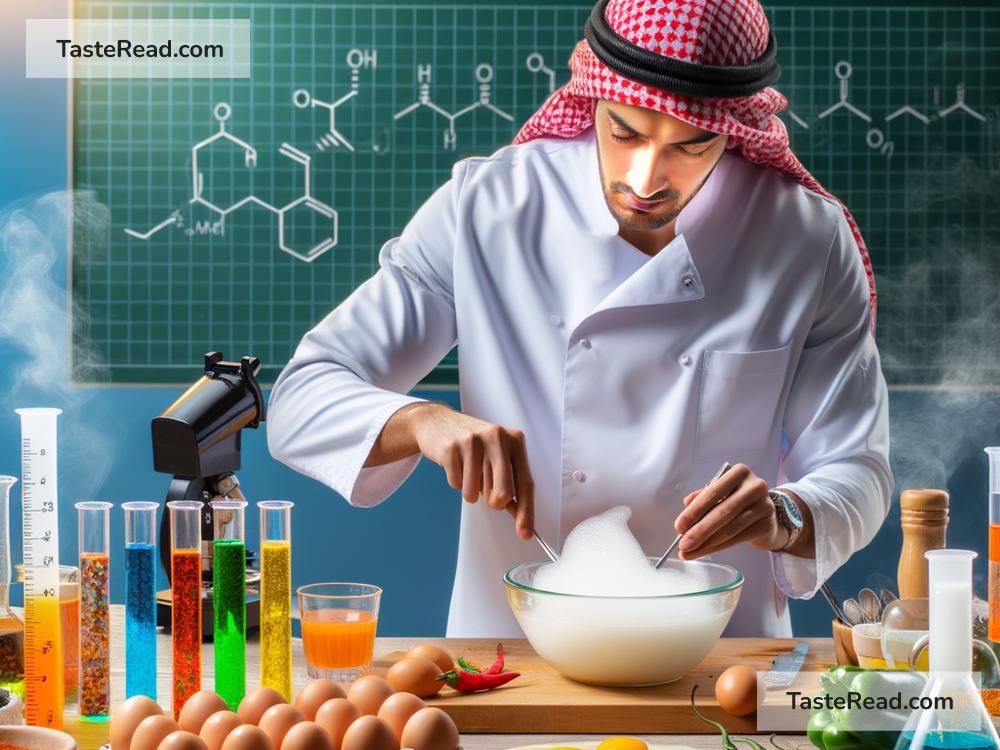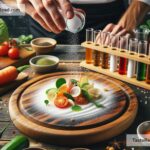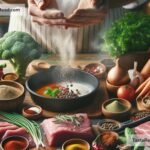The Science of Cooking with Chemical Nimbleness: Techniques and Tips
Cooking is an art, but it’s also a science. Every time you mix, chop, heat, or freeze ingredients, you’re conducting chemistry experiments. While you don’t need a lab coat to whip up a delicious meal, understanding the science behind cooking can make you a smarter and more creative chef. In this article, we’ll explore the idea of “chemical nimbleness” in the kitchen—how knowing your ingredients and their behavior can take your food to the next level—and share simple techniques and tips.
What Is “Chemical Nimbleness”?
Chemical nimbleness refers to the ability to understand and manipulate the chemical reactions happening in your food as you cook. Ingredients are made up of molecules—proteins, carbohydrates, fats, and water—that respond differently to heat, acid, pressure, and other factors. By knowing how these molecules react, you can enhance flavors, textures, and nutrition with precision and confidence.
Proteins: Mastering Texture
Proteins are found in meat, fish, eggs, and dairy, and they have a fascinating structure that changes with heat. When proteins are exposed to heat, they “denature,” meaning they unravel and bond with each other to form new structures. This is why raw egg whites turn solid when cooked!
-
Tip #1: Salt Your Meat Before Cooking
Salt causes proteins to relax before cooking, making meat juicier and tender. Sprinkle salt on meat about 30 minutes before cooking for delicious results. -
Tip #2: Watch Cooking Temperature
Proteins can easily become tough if overcooked. For example, chicken breasts are best cooked to around 165°F (74°C)—higher temperatures can dry them out and make them chewy.
Fats: Turning Up Flavor
Fats are the flavor carriers in cooking. They dissolve and spread aromatic compounds, making food taste richer and deeper. Fats also create crisp and golden textures when heated.
-
Tip #3: Use the Right Cooking Oil
Each oil has a “smoke point,” which is the temperature at which it breaks down and starts smoking. For high-heat cooking like frying or searing, choose oils with high smoke points, like vegetable oil or avocado oil. For gentle cooking or dressings, olive oil works well. -
Tip #4: Butter Browns for Flavor
Butter is delicious, but when heated just past melting, it starts to brown—this creates nutty, caramel-like flavors. Use browned butter for baking or drizzling over vegetables to impress your taste buds.
Carbohydrates: Creating Sweetness and Crispness
Carbohydrates are the sugars and starches in foods like bread, potatoes, and fruits. They’re the source of sweetness and crispness in cooked dishes. When heated, carbohydrates undergo the “Maillard reaction” or caramelization, which is responsible for the golden color and deep flavor of baked goods and roasted vegetables.
-
Tip #5: Embrace Controlled Browning
To get crispy, flavorful veggies or meats, let them thoroughly brown before stirring or flipping. High and even heat helps the Maillard reaction flourish. -
Tip #6: Master Starch
Starches thicken sauces and soups by absorbing water and swelling. For perfect gravy, mix flour or cornstarch with a bit of cold liquid to make a slurry before adding it to the hot sauce. This prevents lumps!
Acids: Balancing Flavors
Acids like vinegar, lemon juice, and yogurt add brightness and balance to dishes, cutting through fatty or heavy flavors. Acids also tenderize proteins and prevent colors in fruits and vegetables from fading.
-
Tip #7: Marinate Effectively
Acidic marinades (with lemon, vinegar, or yogurt) can make meat tender, but don’t overdo it. Long marinating times in acidic solutions can break down proteins too much and turn meat mushy. Stick to a few hours for best results. -
Tip #8: Brighten Dishes at the End
A squeeze of lemon or a dash of vinegar at the end of cooking can make soups, stews, and sauces pop with fresh flavor.
Water: The Unsung Hero
Water is everywhere in cooking. It’s in vegetables, sauces, and even meat. Water helps food cook evenly, binds ingredients, and creates steam for moisture or crispness.
-
Tip #9: Steam for Moist Tenderness
Cook vegetables like broccoli or fish over a pot of boiling water to preserve their nutrients and texture. Adding herbs or garlic to the water can infuse subtle flavors into your dish. -
Tip #10: Don’t Crowd the Pan
When searing or roasting, too much water on the surface of your food can interfere with browning—it creates steam instead of crispy edges. Arrange food in a single layer to allow water to evaporate properly.
Experiment and Have Fun!
The kitchen is a playground for your inner scientist. Every time you cook, you’re observing chemical reactions in action. Does adding salt change how your pasta boils? Does sugar really caramelize faster on high heat? Experimenting with these principles not only makes cooking exciting but also teaches you how to troubleshoot and create dishes you’re proud of.
Final Thoughts
Cooking is a blend of creativity and science. Understanding the ways molecules interact with heat, pressure, and other ingredients—what we call “chemical nimbleness”—can help you refine your skills and turn your meals into masterpieces. Remember, every recipe is an opportunity to learn and improve. From knowing when to salt meat to mastering the art of caramelization, these tips will help you bring out the best in your food. So grab your apron and get cooking—you’re the scientist of your kitchen!


